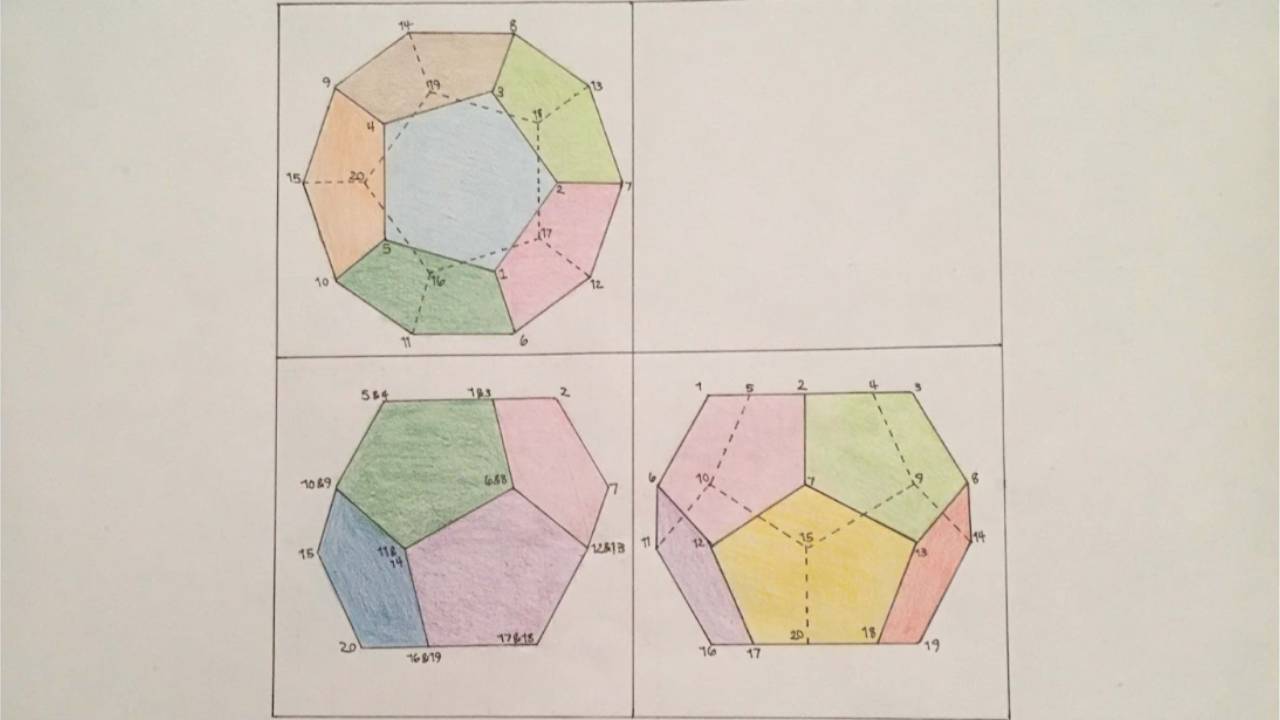Blog
Dive into our diverse range of topics designed to captivate and educate.
Math is often seen as a skill that everyone must learn as part of a well rounded education, and this is true to a point. However, if that was the sum total of what was taught in math, it could be a very dry and torturous experience indeed! The real value of math in the 9th and 10th grade curricula...
The year of Class 5 brings many adventures within its curriculum, and while stories from Ancient Civilizations capture our imagination, the main lesson block often called ‘Botany’, immerses both students and their teachers and parents in experiences that are both lively and beautiful. While the work...
Do you have a favorite story? Can you remember the vivid detail of that story? What story still moves you to tears or makes your belly ache from laughter? Who told you your story? What story do you tell? What is your story?
As a younger, new Waldorf teacher I was so intimidated by the fact that the...
When you think about eurythmy, your first thoughts probably go the eurythmy letter gestures. And you would be correct in thinking that! The letter gestures make up most of what we do. They have such an effect on the children… of every grade and age! They can calm or excite. They can paint a picture ...
Whether you homeschool or not, we are constantly teaching our children as we move through life
together. However, some skills require more practice and attention than others. As my son entered middle
school, I began to realize that, other than please and thank you, the art of good manners was somethin...
“The earth is firm beneath my feet,
The sun shines bright above,
And here I stand – so straight and strong,
All things to know and love.”
~Traditional Waldorf
Harvest season brings a sense of thankfulness to the forefront but living in gratitude throughout the year imbues life with a tremendously ...
“What a piece of work is man!
It has been a wonderful experience connecting with families after the summer break and meeting new ones. The familiar routine of creating the week's work is challenging yet comforting. The curriculum quickly begins to work its magic and draws you in like a magnet and you feel inspired by all the opp...
I love this time of year...back to school, harvesting the late summer’s garden bounty, and
with the help of the magical sun fairies, using natural dyes from Mother Earth to dye the
fiber and textiles I will use throughout the school year for all of my handwork projects.
Natural dyes are the oldest wa...
When one thinks of Eurythmy, the Eurythmy Letter Gestures generally come to mind! And for good reason! Almost everything we do in Eurythmy is based on these gestures! It is a beautiful, magical world that is slowly unlocked with each grade.
The Eurythmy Gestures fill and enliven our etheric bodies ...
Bhima and Arjuna were brothers. They were warriors and both were students at the school run by Drona. Bhima was rather fond of food and Arjuna was fond of archery. Bhima was focused on his mission and so was Arjuna. One night, when every student had gone to bed, Arjuna could still hear some sounds c...
So many students, when they enter middle and high school, express the feeling that they don’t like math, or are not good at it. Why does math become the bane of so many kids, even those who otherwise thrive in school?
One answer to this question is that math too often is taught in a mechanical w...













